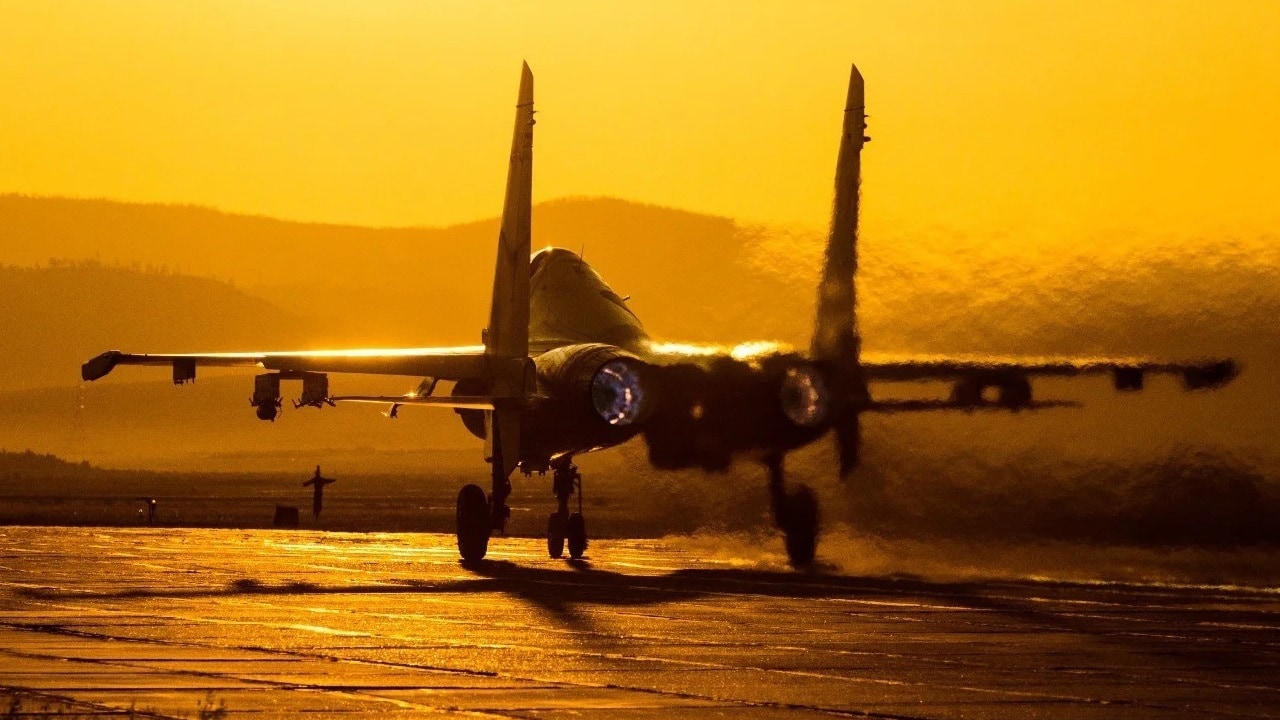Soviet-era Su-27 fighter jets have gone head to head amidst Russia’s ongoing invasion of Ukraine. The twin-engine supermaneuverable airframe designed by the Russian company Sukhoi has a decades-old history of patrolling Ukrainian skies. During the Cold War, the jet was used to counter its American counterpart the F-15 Eagle.
Today, the Su-27 is being flown by Ukrainian and Russian pilots alike in the present conflict.
(Subscribe to Our YouTube Channel Here)
History of the Su-27
The emergence of the American-made F-15 Eagle and F-16 Fighting Falcon fourth-generation platforms in the mid-1970s intimidated the Soviet Union’s older and more dated aerial arsenal. Codenamed by the North Atlantic Treaty Organization (NATO) as “Flanker,” the Su-27 entered service in the Soviet Union in the mid-1980s and was revealed in the West at the 1989 Paris Air Show. However, the fighter’s prototype evolved much earlier and first flew in 1977.
The “Flanker-A” prototype was developed in three Soviet factories, IAPO, KNAAPO, and NAPO, and would ultimately become the Su-27 fighter. The jet was designated internally as “T-10” in the early years of the airframe’s design and featured a blended wing-body form. At this point, the three leading defense contractors in the Soviet Union – Sukhoi, Mikoyan, and Yakolev – completed for the Ministry contract, to which Sukhoi was eventually awarded. Mikoyan would go on to acquire the contract for the Soviet Union’s MiG-29 fighter.
The Su-27’s capabilities
By the time the Su-27 was deployed, it emerged as the larger-framed long-range interceptor it is recognized as today. The fighter is able to operate autonomously in combat, in tandem with deep-penetration strike airframes, and can provide close ground support.
According to War History, “The Su-27 is equipped with a 30 mm Gryazev-Shipunov GSh-30-1 cannon and 10 hardpoints designed to deploy the likes of radar-guided and infrared-homing air-to-air missiles, unguided ground-to-air rockets, and both conventional and cluster bombs.”
Additionally, the fighter is powered by twin turbofan engines. Designed to be aerodynamically parallel to the MiG-29 jet, the Su-27 retains a service ceiling of approximately 18,000 meters and a flight range of more than 1,800 miles. The Su-27 also sports more sophisticated sensors and communications systems than its predecessors. Equipped with a Phazotron N001 Zhuk coherent pulse-Doppler radar, the jet has a track-while-scan and look down and shot down capability.
What happened to the Su-27 post-Soviet Union?
In 1991, export variants of the Su-27 were developed for foreign customers, including China, Vietnam, and Indonesia. Following the collapse of the Soviet Union, Russia began modernizing the fighter and producing several subsequent variants. In 2004, Russia enhanced the fighter’s air-to-air capability with the R-77 missile in addition to its avionics. The Su-27M variant was eventually re-designated as the Su-35.
Seventy-two Su-27 fighters that were based in Ukraine prior to the fall of the USSR remained there, however, these fighters were products of outdated production blocks compared to the later models. As explained by the Smithsonian Magazine, the Ukrainian Air Force has struggled to properly maintain its Su-27 fleet as relations with Russia over the last decade have worsened. In 2011, the Ukrainian aircraft industry began to enhance its Su-27 fighters. “The Su-27M1, as Ukraine designates the modified aircraft, has new navigation systems, a radar with greater range, and an increased ability to use unguided air-to-ground munitions. Although Ukraine also flies the MiG-29 Fulcrum, the Flanker has a much greater combat range, better armament, and longer-range radar compared with the MiG.”
The Su-27 plays for both sides in the ongoing Ukraine invasion
While the Ukrainian Air Force’s Su-27 variants have fewer advantages than its Russian counterparts, the fighters still provide reliable capabilities.
Months back, the Aviationist reported that the U.S.-made AGM-88 High-speed Anti-Radiation Missiles are being employed by Ukraine’s fleet of Su-27 fighters. The Ukrainian Air Force’s ability to bolster its Suppression of Enemy Air Defenses capabilities does not bode well for Russia’s ongoing war efforts.
While exact numbers are almost impossible to verify, many news outlets have reported that Ukraine has lost at least several Su-27s to Russian surface-to-air missiles, in addition to other downed fighters. Perhaps as Ukraine integrates more Western technology to its fleet of aging Flankers, its Air Force will better hold off Russia’s advances.
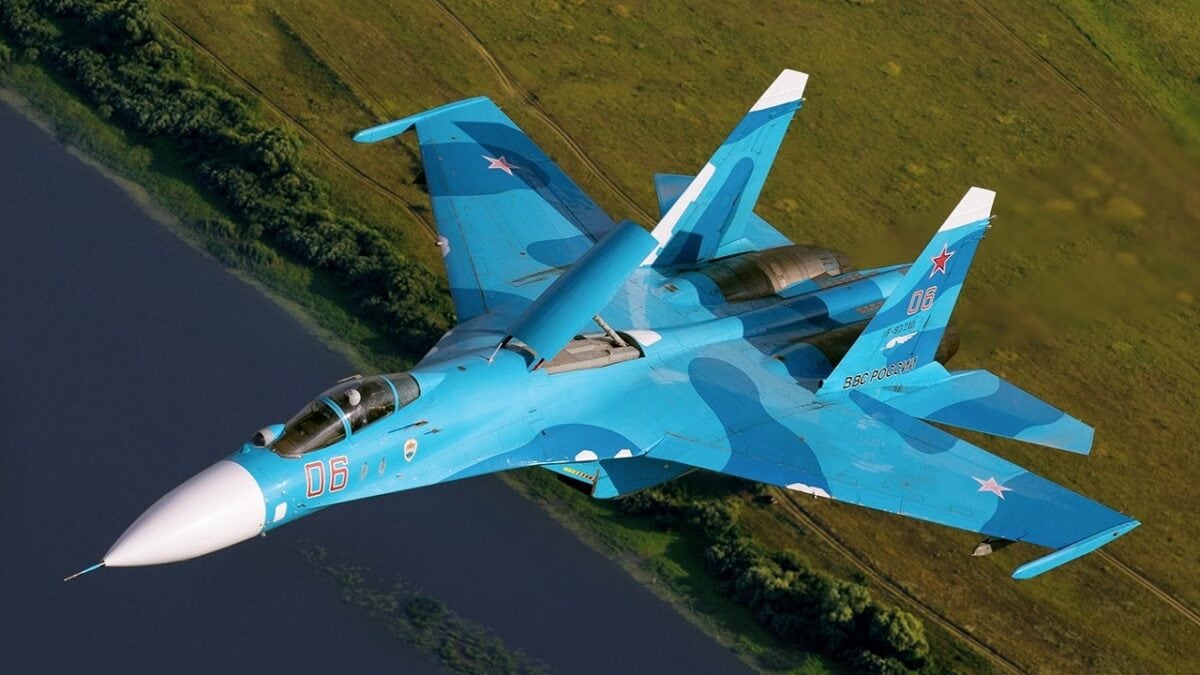
Russia’s Su-27 Flanker. Image Credit: Creative Commons.
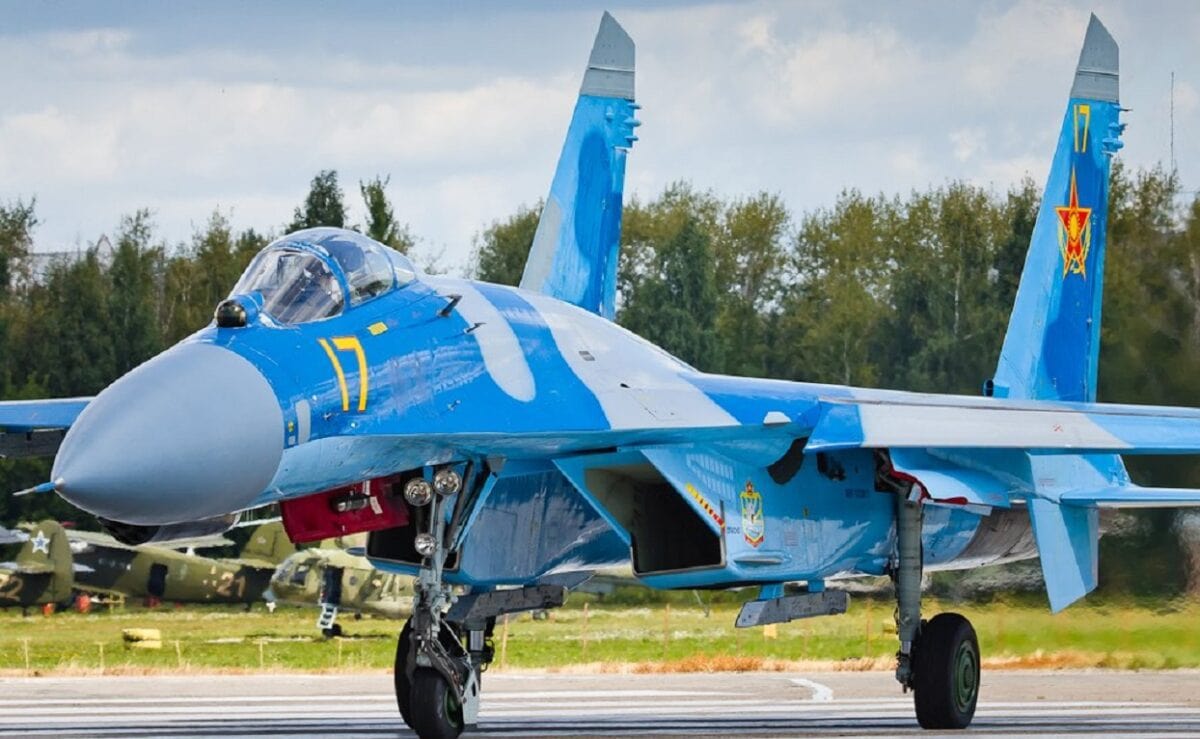
Image: Creative Commons.
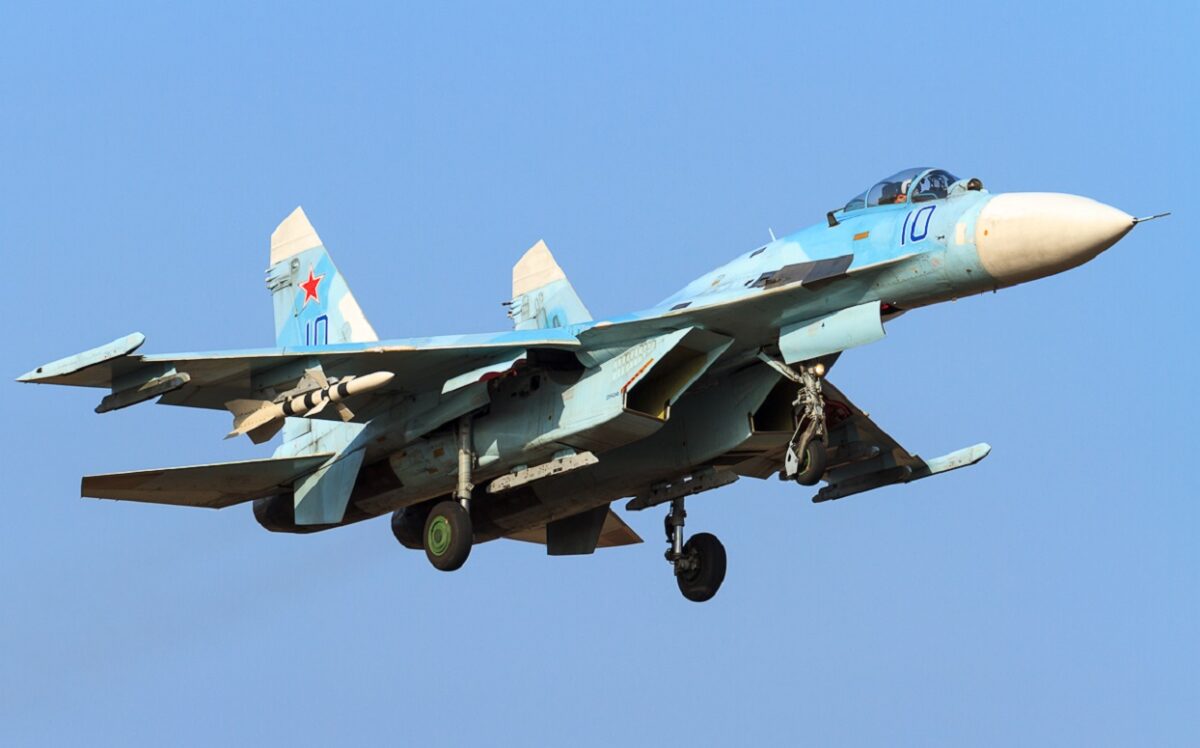
Image: Creative Commons.
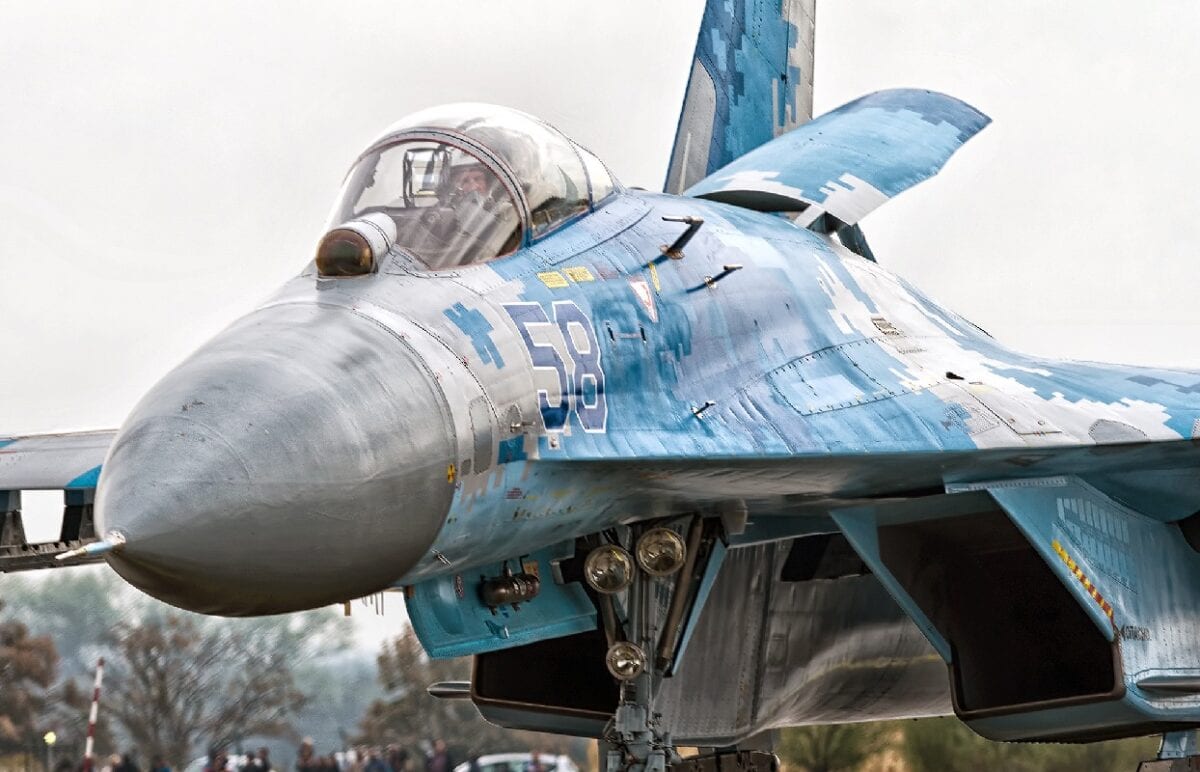
Su-27 serving in the Ukrainian Air Force. Image: Creative Commons/Pavel Vanka.
Maya Carlin is a Middle East Defense Editor with 19FortyFive. She is also an analyst with the Center for Security Policy and a former Anna Sobol Levy Fellow at IDC Herzliya in Israel. She has by-lines in many publications, including The National Interest, Jerusalem Post, and Times of Israel.

